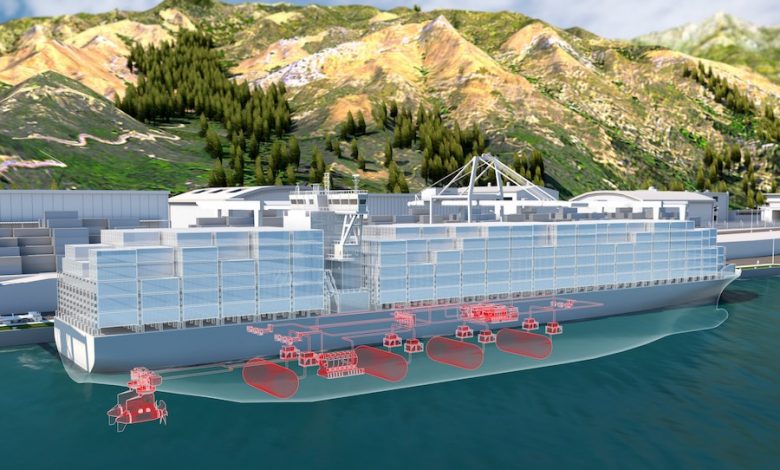Megawatt-scale fuel cell systems capable of powering ocean-going vessels to be built in France

The quest to decarbonise shipping moved a big step forwards yesterday with news from Europe where Swiss engineering giant ABB has teamed with hydrogen technologies specialist Hydrogène de France (HDF) to jointly manufacture megawatt-scale fuel cell systems capable of powering ocean-going vessels.
Building on an existing collaboration announced two years ago with fuel cell specialist Ballard Power Systems, ABB and HDF intend to optimise fuel cell manufacturing capabilities to produce a megawatt-scale power plant for marine vessels.
The new system will be based on the megawatt-scale fuel cell power plant jointly developed by ABB and Ballard and will be manufactured at HDF’s new facility in Bordeaux, France.
Fuel cells turn the chemical energy from hydrogen into electricity through an electrochemical reaction. With the use of renewables to produce the hydrogen, the entire energy chain can be clean.
“With the ever-increasing demand for solutions that enable sustainable, responsible shipping, we are confident that fuel cells will play an important role in helping the marine industry meet CO2 reduction targets,” said Juha Koskela, managing director, ABB Marine & Ports. “Signing the MOU with HDF brings us a step closer to making this technology available for powering ocean-going vessels.”
Giving a glimpse of how hydrogen and fuel cells could change specific tradelanes last month Splash reported regular hydrogen-powered containership services on the transpacific could be a common sight by 2030, according to a report from Washington-based non-profit, the International Council on Clean Transportation (ICCT).
The ICCT report evaluated the fuelling needs of containerships operating between China and the United States by modelling their energy demand and fuel storage space requirements if powered by liquid hydrogen and fuel cells.
The results were described by the ICCT’s shipping specialist Dan Rutherford as “promising”.
“Despite its lower energy density compared to heavy fuel oil, we found no major bunkering barriers to powering containerships with hydrogen even on this very demanding route,” Rutherford told Splash.
The study shows that nearly 80% of 2015 transpacific container shipping legs, and 43% of voyages, could be completed by hydrogen-powered ships without changing their fuelling practices.
Nearly early all of the voyages can be powered by hydrogen with only minor changes to fuel capacity or operations, either by adding one additional port of call for refuelling, or replacing 5% of cargo space with extra tanks for hydrogen. For ships that would add an extra port of call, more than 60% had first or second-tier choices that would require little diversion from their historical traffic patterns. Ports in Japan and Dutch Harbor in Alaska were identified as most likely to receive additional traffic.
“This analysis, which evaluates a low density hydrogen carrier on a long and demanding route, implies that bunkering barriers to zero emission shipping will be manageable. That’s because other, shorter routes and zero emission fuels such as ammonia and methanol, which have higher volumetric energy densities than hydrogen, will be even easier to use,” the 13-page study stated.
In February this year Japanese automaker Toyota showed details of its own new fuel cell system for maritime applications, installing its new system on the electrically propelled catamaran Energy Observer while South Korean shipbuilder Samsung Heavy Industries (SHI) and US company Bloom Energy announced in December a collaboration to design and develop ships powered by Bloom Energy’s solid oxide fuel cell technology.
